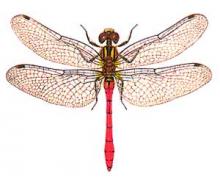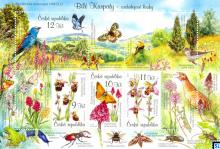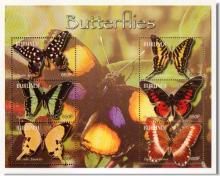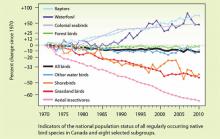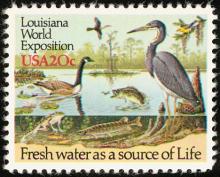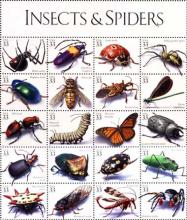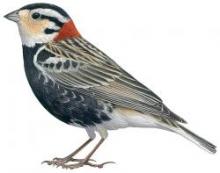Populations of North Dakota's state bird in serious decline
Their song is one of the most unique and recognizable in the bird world. They are the state bird of North Dakota and similarly honored in five other states. And they are vanishing from the landscape. The western meadowlark (Sturnella neglecta) no longer makes common appearances atop fence posts where they have perched for decades, almost always emitting their unmistakable flute-like call. It is a sound like none other heard on the prairie. So distinctive is the call of the western meadowlark that it would be hard to find anyone who grew up in North Dakota who couldn't recognize the melodious and lengthy tune of the colorful bird. Now, sadly, the remarkably pure sound is becoming rarer and rarer each year. It is a lasting and disturbing trend that increases the possibility that a growing number of North Dakota residents may be denied hearing what just a few short years ago seemed common for anyone spending time outdoors in the Peace Garden State. "Western meadowlarks have declined significantly in the last 10 to 15 years. Our breeding survey data shows that," said Ron Martin of Minot. "That's the iconic sound of the North Dakota prairie." Martin is a long-time birder who has earned regional and national recognition for his expertise. He has participated in numerous surveys, including regularly covering five of 44 standardized observation routes in North Dakota under the supervision of the U.S. Geological Survey.


